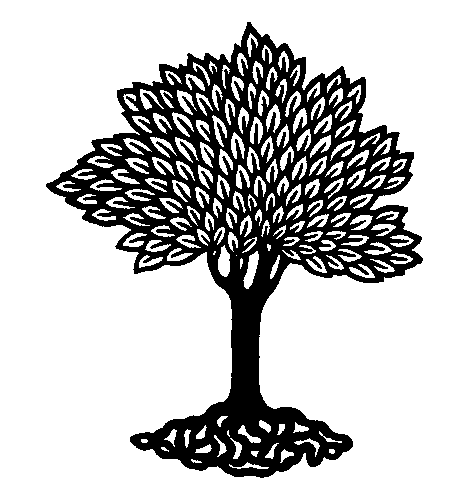
 |
Plant Taxonomy (BIOL308) - Stephen G. Saupe, Ph.D.; Biology Department, College of St. Benedict/St. John's University, Collegeville, MN 56321; ssaupe@csbsju.edu; http://www.employees.csbsju.edu/ssaupe/ |
Lab: Common Plants of Wet Areas
Objectives: Upon completion of this field trip the student should be able to:
Introduction:
The many lakes, marshes, and wet meadows on our campuses provide
habitat for a rich flora of aquatic plants. Plants of open water, like lakes and ponds, can exhibit a variety of
growth forms. For example, some species: (1) float on the surface of the water and are not
rooted in the substrate (e.g., Spirodela, Lemna minor, Wolfia); (2) float submerged
under the water and are not rooted in the substrate (e.g., Lemna trisulca, Utricularia,
Ceratophyllum); (3) have leaves that float on the surface but are rooted in the
substrate (e.g., Brasenia schreiberi, Nuphar variegatum, Nymphaea odorata; (4) are
completely submerged (except for the flowering shoot) and are rooted (e.g., Elodea,
Potamogeton, Myriophyllum, Vallisneria, Ranunculus flabellaris); and (5) dimorphic
plants with both submerged and floating leaves and are rooted (e.g., Potamogeton).
Some common adaptations exhibited by species of open water include: (1) thin, highly-dissected leaves; (2) no cuticle; (3) no roots; (4) stomata on the upper sides of leaves; (5) reproduction by fragmentation; and (f) flowers produced above or on the water surface for pollination (e.g., Utricularia). In a few species (e.g., Vallisneria) the male flowers are produced underwater but the flowers and/or pollen floats to the surface for pollination.
Plants of marshes are typically emergent (rooted in the substrate and emerge above the surface of the water). These plants must be adapted to having their roots permanently or seasonally flooded. Marshes are among the most productive and provide floodwater retention, habitat for wildlife, and protect shorelines from erosion. Some common plants in these areas include cattails (Typha sp.) and bulrush (Scirpus sp.)
Many species of wetland plants occur on the campus of St. John's University. Some of these are 'obligate' wetland species such as Potamogeton, Typha) that only grow in wet areas, while others are 'facultative' wetland species such as Fraxinus nigra, Eupatorium perfoliatum, Vitis riparia) that will grow in wet or drier areas. The purpose of today's lab is to introduce you to some of the more common wetland species that occur in central Minnesota.
Assignment Due Today:
Lab Activity
During today's lab
we will visit the St. John's lake to find the plants in
the PTK list below. We will go out rain or shine so dress appropriately.
Out in the field I will describe the key characteristics of these species and
provide other information (edibility, uses, etc.) as appropriate. You will may want
to bring a notebook and pen to take notes about each species that we find.
Plants to Know: (We will locate the following species that will be "fair game" on the PTK quiz/exam. Other species may also be included.)
|
ACERACEAE - Maple family
ALISMATACEAE � Water-plantain Family
AQUIFOLIACEAE - Holly Family
ASCLEPIADACEAE - Milkweed Family
ASTERACEAE � Sunflower Family
BALSAMINACEAE - Touch-Me-Not Family
BETULACEAE - Birch Family
BRASSICACEAE (Cruciferae) - Mustard Family
CERATOPHYLLACEAE � Hornwort Family
CORNACEAE - Dogwood Family
CUCURBITACEAE - Gourd Family
|
CYPERACEAE - Sedge Family
EQUISETACEAE - Horsetail Family
HALORAGA CEAE � Water-Milfoil Family
HYDROCHARITACEAE
IRIDACEAE - Iris family
LAMIACEAE - Mint Family
LEMNACEAE � Duckweed family
LENTIBULARIACEAE
NYMPHAEACEAE - Water lily Family
OLEACEAE - Olive family
|
POACEAE - Grass Family
POLYGONACEAE - Smartweed Family
POTAMOGETONACEAE - Pond Weed Family
SPARGANIACEAE � But-reed Family
TYPHACAEAE - Cattail Family
URTICACEAE - Nettle Family
VITACEAE - Grape Family
|
References:
|
| Top | Plant Tax. Home | SGS Home | Disclaimer | |
Last updated:
10/23/2007 / � Copyright by SG
Saupe